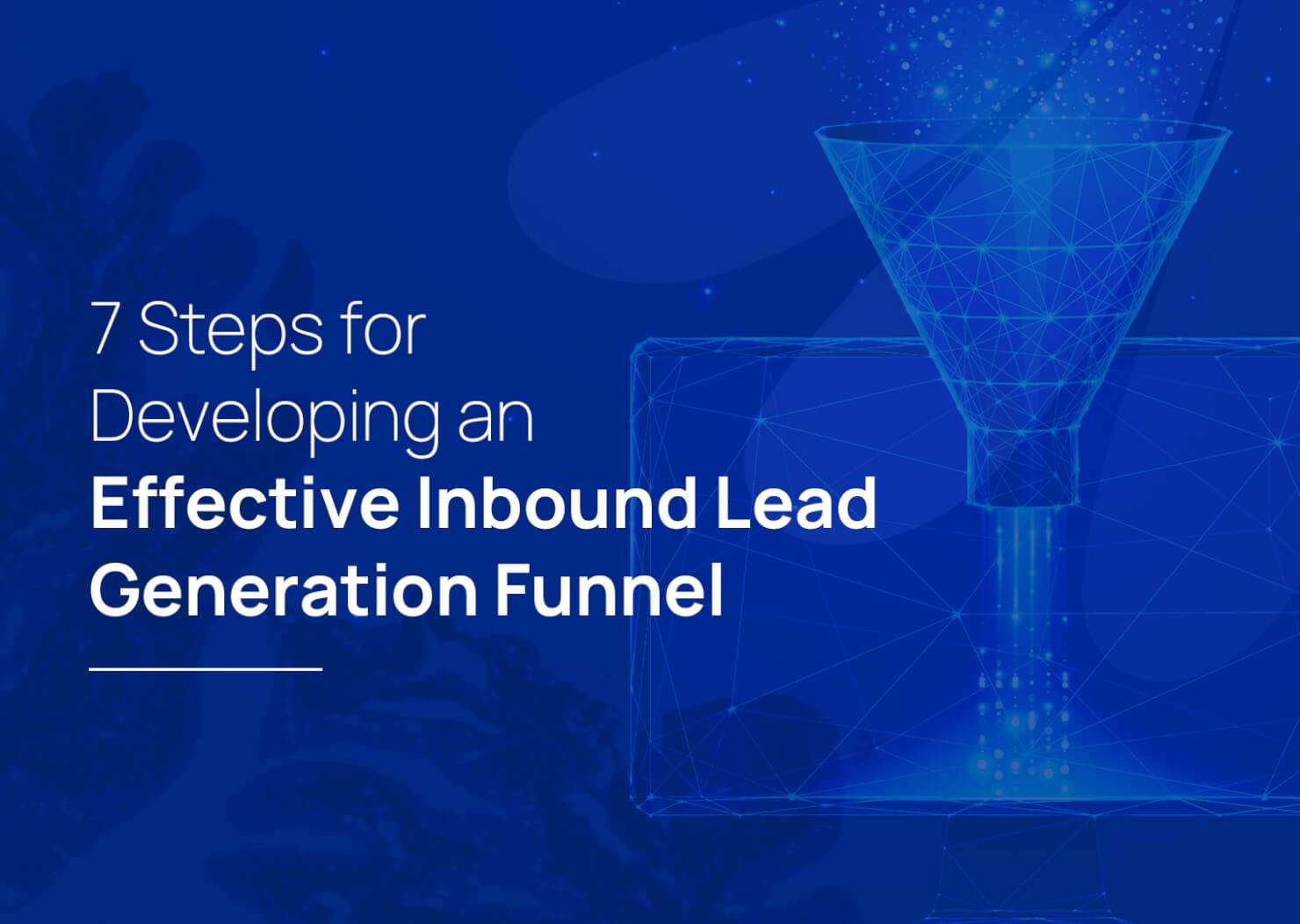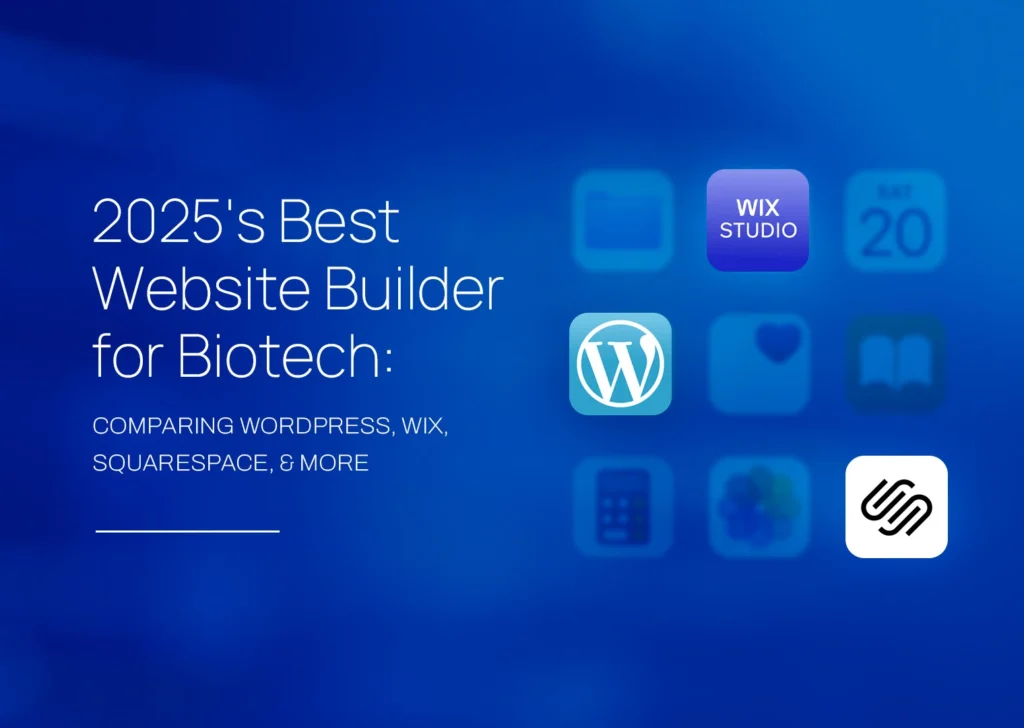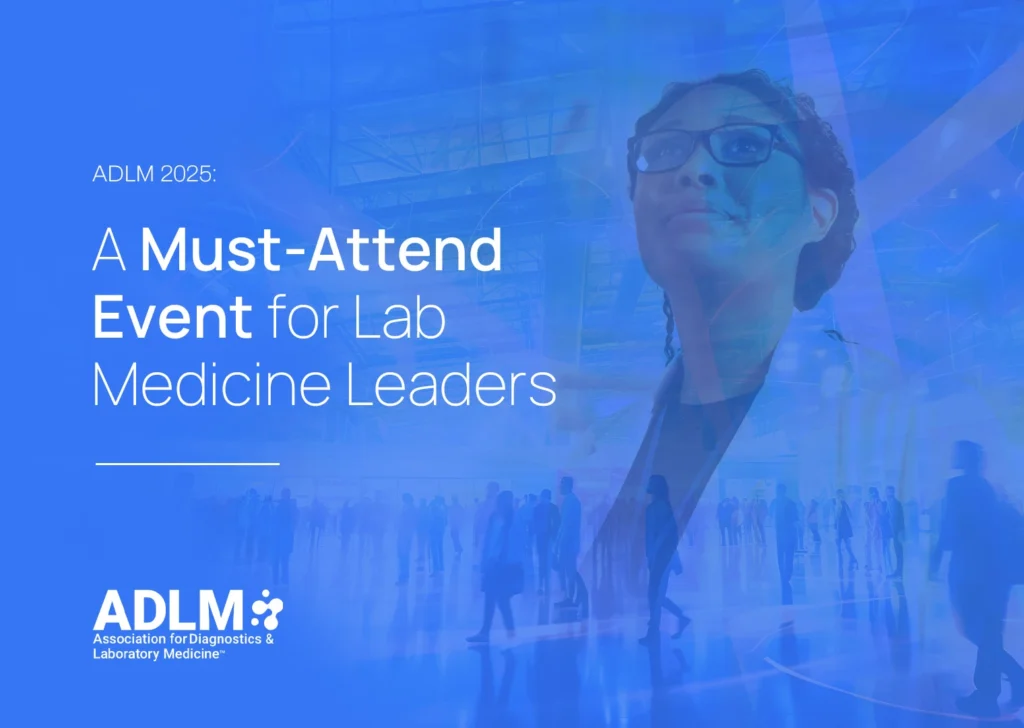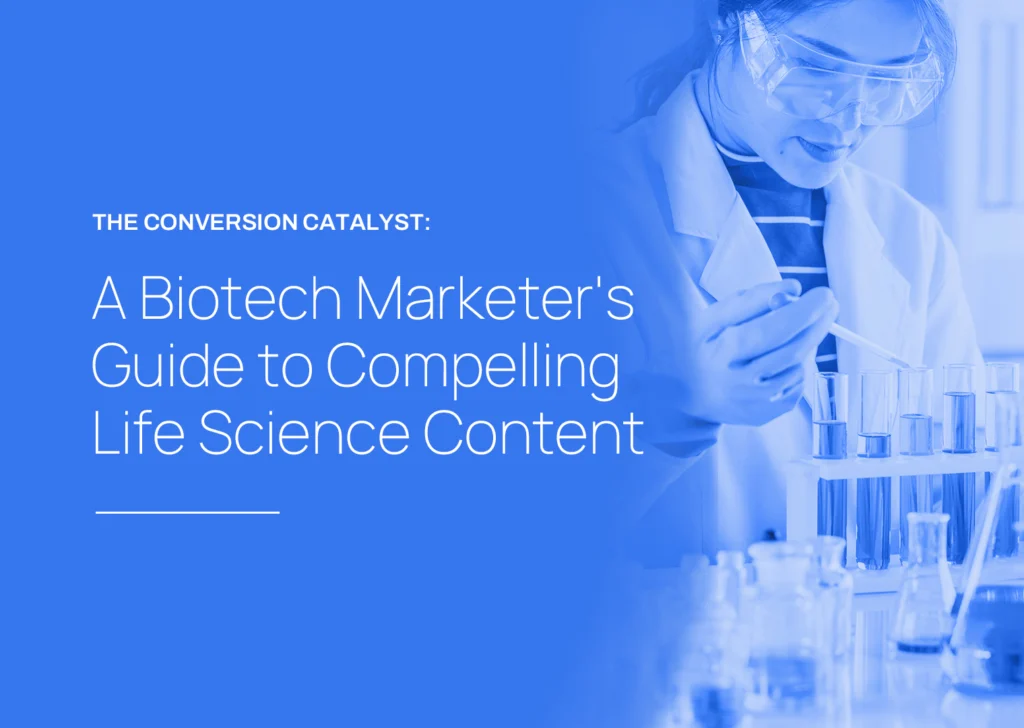Highlights:
- Defining Buyer Personas: Emphasizes creating detailed buyer personas, considering factors like role, goals, and content preferences, to tailor marketing strategies and choose effective channels.
- Mapping the Biotech Buyer’s Journey: Advises mapping out customer journey stages, including problem awareness, solution consideration, and purchase decision, to effectively guide customers through the marketing funnel.
- Tailored Content and Calls-to-Action: Highlights the importance of specific offers and calls-to-action for each funnel stage, using educational content in the awareness stage and case studies in the consideration stage.
- Optimization and Sales Handoff: Discusses the need for continuous optimization of funnel elements and the efficient handoff of qualified leads to the sales team, using CRM systems for lead tracking and scoring.
Create Your Inbound Lead Generation Funnel in 7 Steps
The biotech industry is booming, with global revenues expected to reach over $1.34 trillion by 2030, but life sciences companies face immense difficulties when it comes to lead generation and sales conversion. Unique challenges in this industry include lengthy sales cycles and complex buyer journeys, making a carefully tailored inbound lead generation strategy crucial for biotech marketing success.
Let’s explore, step-by-step, how to build an optimized inbound lead generation funnel that will attract and nurture high-quality leads.
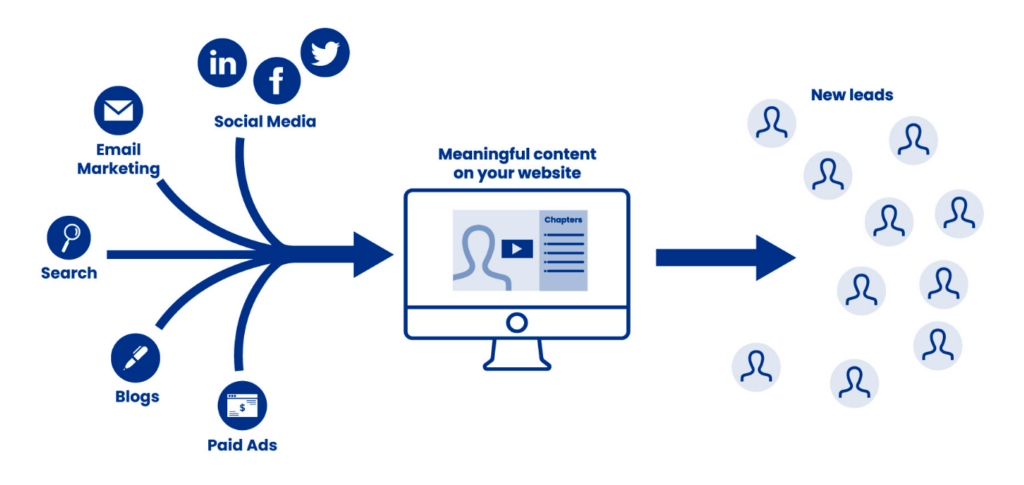
Step 1: Define Your Buyer Personas
Begin building an inbound lead funnel by gaining a deeper understanding of your target buyers. Develop detailed buyer personas that outline demographic, psychographic, and behavioral attributes of your ideal customers, as they relate to your products or services.
For life sciences customers, key persona elements are:
- Role (such as research scientist, lab manager, or principal investigator)
- Industry (pharma, biotech, university, or CRO)
- Goals and challenges (accuracy, reproducibility, or throughput)
- Purchase motivators (enhanced productivity, improved data quality, or cost savings)
- Purchase influencers (scientific conferences, peer recommendations, or publications)
- Content preferences (educational webinars, case studies, or peer-reviewed papers)
Defining clear personas using these attributes will allow you to create tailored content for your customers and select marketing channels that will reach them efficiently.
Step 2: Map the Biotech Buyer’s Journey
Your customer’s journey will vary based on your product/service and price point. Map out the key stages of this journey, from initial problem awareness to final purchase decision. This is your marketing funnel.
Typical stages include:
- Problem awareness: The customer is identifying issues with their current lab processes. They realize they have a problem.
- Solution consideration: The customer is researching and weighing their options. They have found a few alternatives to solve their problem.
- Purchase decision: The customer has selected the best solution and is preparing to move forward with it.
At the top of the marketing funnel, customers are only just recognizing or becoming aware of a problem. Prospects may then proceed to the consideration and decision stages. Successfully guiding customers through the marketing funnel requires anticipating their questions and concerns at each stage, so that you can address their needs.
Step 3: Choose Your Offer and Call-to-Action for Each Stage
At the top of your funnel, in the awareness stage, you need a compelling offer to capture buyer attention within a crowded, noisy information space. This is known as a lead magnet. In life sciences marketing, effective lead magnets include educational content like infographics or blog articles. For example, a blog aimed at capturing leads from the genomics space may be, “How to Increase Throughput in Your Genomics Lab”. Critically, the magnet must offer real value to attract your buyer personas.
Your call-to-action (CTA) facilitates lead conversion by allowing visitors to exchange their contact information for the offer. Use urgent, benefit-focused CTAs like ‘Get the Guide’ or ‘Download Now’.
While you’re building lead magnets, determine what offers would be useful for the other levels of your marketing funnel. For instance, case studies and testimonials motivate those in the consideration stage to dig deeper into your products and services.
Step 4: Promote Your Offer on Multiple Channels
With a strong offer and CTA in hand, drive traffic to your website by promotion across multiple channels. Useful life sciences lead generation channels include:
- Paid search (Google/Bing Ads): Target the keywords your buyers are searching for.
- Organic and paid social media (LinkedIn, Twitter, Facebook): Engage professional audiences.
- Guest posting: Contribute articles to industry publications.
- Scientific conferences: Network and generate buzz around the offer.
- Email outreach: Contact your current mailing list or collect e-mail addresses through appropriate measures for personal outreach following the marketing-to-sales handoff.
Leverage multiple platforms to maximize reach and exposure, but direct the highest proportion of your budget to channels that deliver the most cost-effective leads.
Step 5: Nurture Leads with Personalized Content
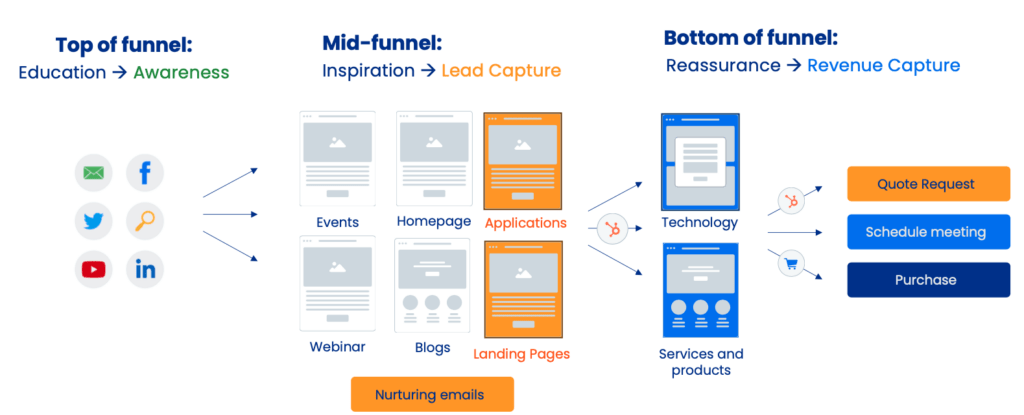
Once you’ve generated inbound leads, continue nurturing them by providing valuable content tailored to their needs.
Use lead scoring to determine buyer readiness and send them targeted content depending on where they are in the marketing funnel:
- Top of funnel: General industry content to build awareness.
- Mid-funnel: Educational content, such as buying guides and comparison charts.
- Bottom of funnel: Product demos, trials, and case studies.
Email is ideal for nurturing, but don’t limit targeted content to this channel. Tailor content to the channels your prospects prefer, like scientific whitepapers promoted on professional sites such as LinkedIn. This personalization strategy improves engagement and retention.
Step 6: Nail Your Marketing-to-Sales Handoff
One of the most important steps in the marketing funnel is handing qualified leads off to the sales team. A well-managed handoff requires accurate tracking of contacts in your CRM. A good CRM, like HubSpot, will log most contact activity for you. Segment your lists based on engagement, to better determine when they can be qualified as a Marketing Qualified Lead (MQL) or Sales Qualified Lead (SQL). To learn more about tracking and scoring leads based on lead activities, check out this lead scoring article.
Common attributes and activities tracked by your CRM include:
- Contact record with lead details.
- Communication and activity tracking.
- Automated lead scoring and segmentation.
- Sales pipeline visibility.
These factors give insight into where leads are in their customer journey, informing decision-making around how to convert them. It’s important to work with your sales team so that marketing and sales both know what characteristics make a qualified lead. What does the sales team look for in an SQL? Make sure you are on the same page to increase trust between departments.
Step 7: Continuous Optimization
Continuously improve your funnel conversion rates through testing and optimization. Experiment with various elements, such as:
- Page layouts and content (tone, length, and text vs graphics).
- Calls-to-action (length, copy, and placement).
- Lead capture forms (length, which fields are required, and placement).
- Email/social content and scheduling (time of day, day of the week, subject lines, length of social copy, types of graphics, and video vs images).
Use data on what resonates best with prospects to refine your lead nurturing strategies. A daily habit of testing and tweaking will continually improve conversion rates.
The Biotech Buyer’s Journey
Developing an effective inbound lead generation funnel requires an in-depth understanding of your customers and their journey. Tailor content and outreach to attract relevant buyer personas, then nurture them with a structured sales process optimized for conversion. This methodology will help you stand apart from competitors and maximize value from your biotechnology lead generation efforts.
If you’d like to discuss inbound marketing and funnel optimization, let’s chat! We love to talk marketing!
